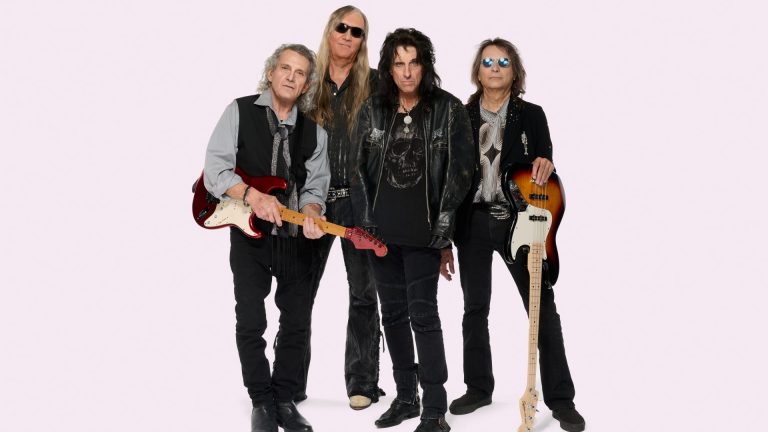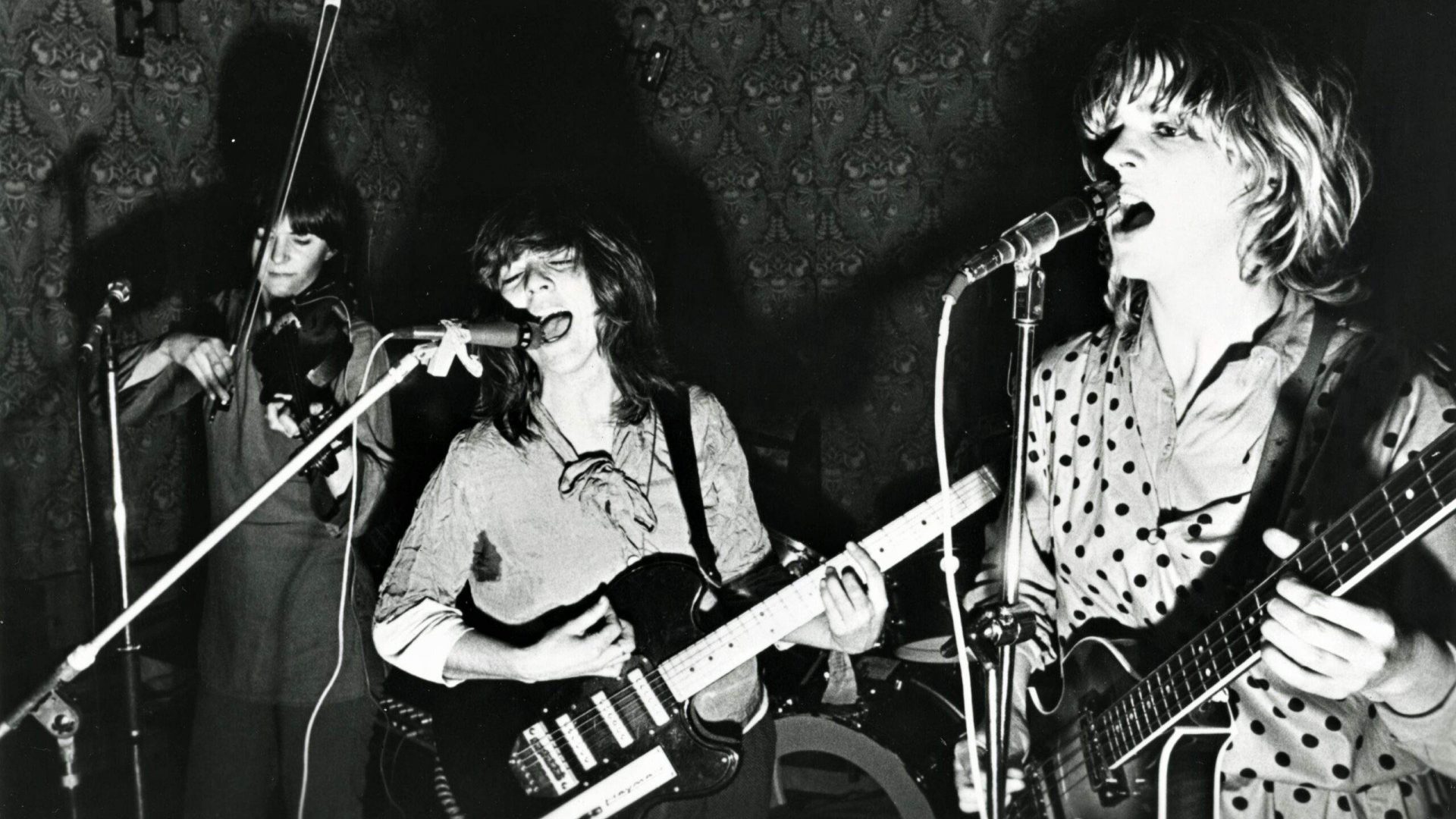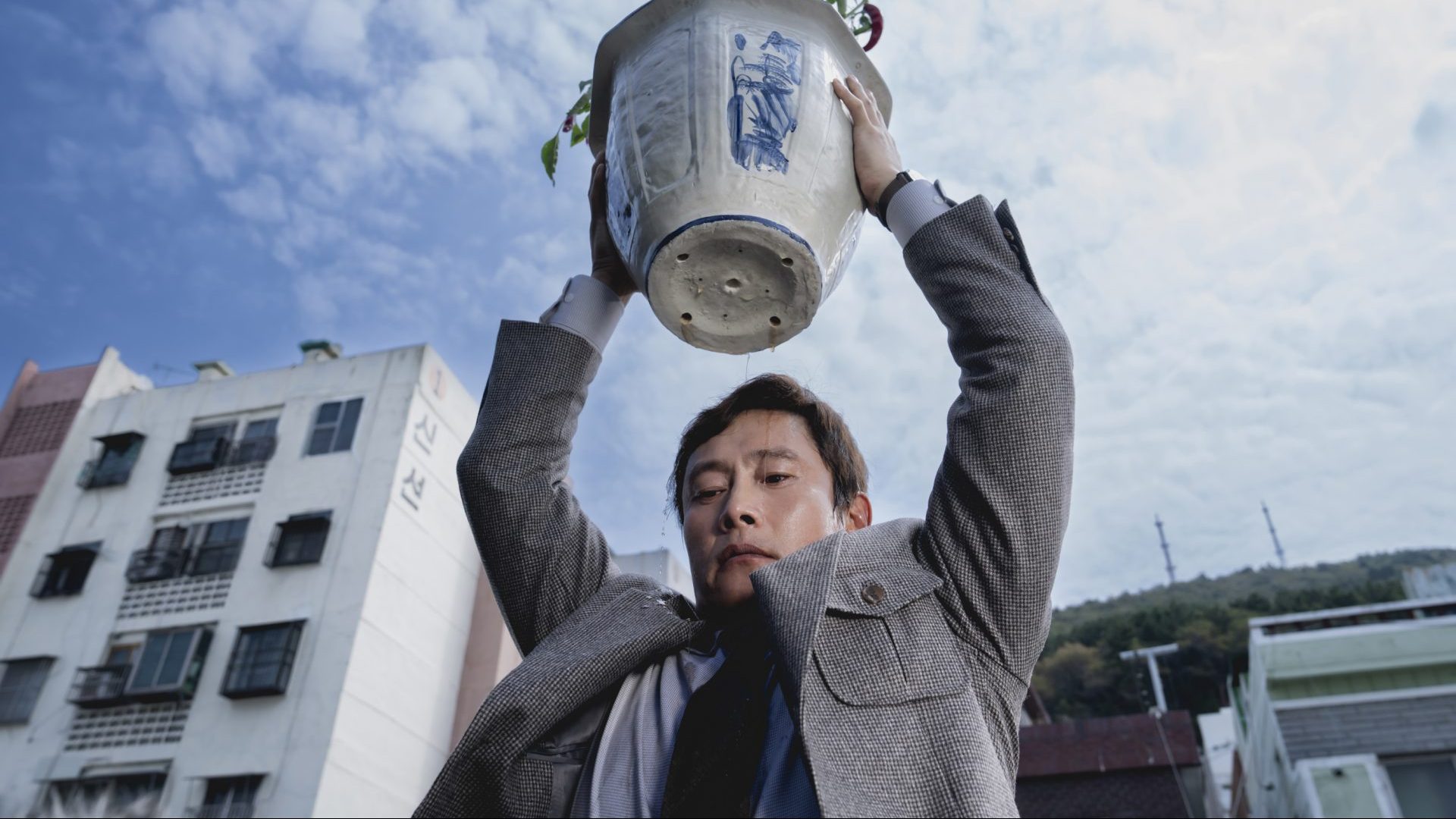There have always been certain cultural shortcuts that let the initiated know that they have just met a kindred spirit. Writers, musicians, artists and general freaks who provided an instant password to a secret, rarefied world.
They were particularly prevalent in the pre-internet age. In Wolverhampton, in the mid-1980s, I once knocked on the door of a complete stranger as I’d heard that he owned a copy of Uptight, a book about the Velvet Underground. Imagine that, kids! Knocking on a door for a book! But this is how friendship groups were formed.
As well as the Velvets, there were bands such as the Shaggs, Kleenex, the Modern Lovers, Tronics, Shock Headed Peters, Beat Happening, the Slits, the Nation of Ulysses and many more that were passed around by those in the know, determined to access and occasionally share these precious artefacts.
A connection between the enlightened and the soon-to-be enlightened. A way to identify like-minded souls and filter out the unworthy.
The Raincoats were one of these bands. A group so unusual, imprecise and prescient that their legend spread among generation after generation of thrill-seekers. But unlike many of the groups that were used as such viable cultural currency, artists who blossomed briefly then vanished, the Raincoats refused to disappear. As Audrey Golden’s new biography illustrates, they were a group who lived, and continue to live, many extraordinary lives.
Shouting Out Loud follows the Raincoats from their formation at Hornsey College of Art in London in 1977. It details their seminal releases on the Rough Trade label and their passage through the punk and post-punk years, documents their incongruous years on an American major label in the 1990s, and discusses their current incarnation, merging their roots in the art world with performance.
This is very much a biography of the band. Those desiring Mötley Crüe levels of dirt, gossip and personal revelation might be disappointed.
The two founder members, Ana da Silva and Gina Birch, are quite happy to let their artistic output do the talking. There were obviously times of tension in the band (they go through Spinal Tap numbers of drummers over the years), which are alluded to if not dissected. Instead, the book casts its net wider and incorporates the stories of those who have been moved and influenced by the Raincoats.
“I knew from the start that I didn’t want it to just be a book that was done through interviews with the members of the band,” Golden told me. “I knew I wanted to draw this idea of the lives of the Raincoats by looking at the way the music had circulated and had influenced so many different people over time and in different places.”
These include extraordinary stories such as Jim Kyle, who wrote to the band in 1979 from “Compound 19, HMP Maze” at the height of the Troubles. He proceeded to indoctrinate his fellow inmates with his love of the Raincoats.
The book also documents a trip to Poland in 1978. They were the first punk band to tour the country, and inspired a generation of musicians while being surveilled, scrutinised and illicitly searched.
There were hostile gigs in Manchester and Birmingham, where they were “blitzed with objects [thrown] by misogynist punters” and gigs in early 80s New York where the band’s sound led a young Thurston Moore to quit the group he was in and start Sonic Youth. (The Youth’s Steve Shelley was later a Raincoats drummer.)
The words “friends” and “friendship” are all over the book. People who became close to the band met other devotees. They passed on their Raincoats knowledge to kids, spouses, siblings and associates. This intensifies during the second section of the book, where the dissolved Raincoats (they stopped recording and touring in the mid-1980s) found a new legion of fans in the small town of Olympia, Washington, among the burgeoning Riot Grrrl scene.
Bands such as Bikini Kill and Bratmobile idolised the band, and they were discovered by a generation of Queercore groups such as Fifth Column and God is My Co-Pilot. And they soon had another notable devotee: Kurt Cobain.
“I found out about them through the liner notes of Incesticide,” Golden recalls, talking about the Nirvana compilation album in which Cobain discussed his love for the band. “I was a teenager in the 90s, and I loved Nirvana. And when I read those liner notes, I had never heard of the Raincoats at all. I thought, ‘Who is Ana? Who are the Raincoats?’ And so I started trying to track them down.”
Suggested Reading


The revenge of Alice Cooper
Many followed Golden’s lead and started to obsess about and seek out the elusive Raincoats, including Cobain, who made a 1992 pilgrimage to the antiques shop where Ana da Silva worked, desperate to find the band’s self-titled first album. But his patronage proved to be both a blessing and a curse.
His love of the band and constant promotion of them (Nirvana covered the classic Raincoats track The Void live) introduced them to a far wider audience, especially in the States. The band reformed on the strength of the interest and were soon swept along in the post-Nirvana gold rush when many former indie bands found themselves on a major label.
But Cobain’s death, on the eve of a tour where the Raincoats should have been opening for Nirvana, left the band unmoored. Without their famous patron, the major label lost interest, the subsequent album wasn’t promoted and the disappointed band soon drifted apart and focused on solo projects. But the spirit of the Raincoats couldn’t be quashed.
After some fallow years, they reconnected in the early 2000s and have continued ever since, being honoured at festivals and performing at prestigious art institutions around the world.
“It’s really interesting how it brings them full circle,” Golden explains, “because I think both Ana and Gina thought of making music as an extension of their visual art. In the early days, that wasn’t thought of as a thing. But the Raincoats really helped in showing that punk shows are a kind of performance art, and that it really does belong in White Cube or MoMA or in the National Gallery.”
The Raincoats continue to impress, thrive and inspire. Not just a thrilling secret passed between true believers, their recorded output is now easily accessible and, through Shouting Out Loud, new fans will hear their extraordinary story.
As Golden states: “Someone discovers it, and it just sounds unlike anything. You can’t place it in time, you can’t place it in geographic space, necessarily. And it seems so unique that you just want to hold on to it for yourself. It’s almost like something you don’t want to share, because if the secret gets out, then it’s not really your secret any more.”
But the secret is out and the Raincoats are ready to be shared.
Shouting Out Loud: Lives of the Raincoats is out now, published by White Rabbit Books



